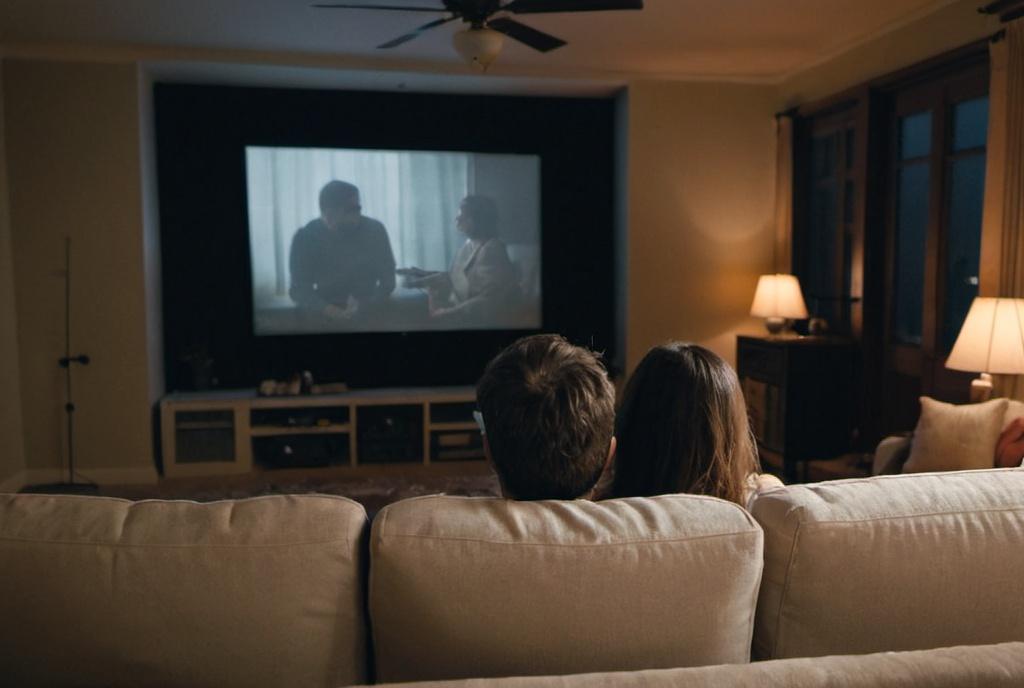
Key Take Aways About use of silence in movies
- Silence in film amplifies emotions, deepens character insights, and enhances atmosphere.
- It builds emotional depth, allowing characters to express more profoundly.
- Silence creates suspense, playing with audience expectations in thrillers and horrors.
- It contributes to physical comedy, enhancing humor through gestures and expressions.
- Silence acts as a narrative tool, driving plot without dialogue.
- Different genres use silence to elicit emotions, proving its storytelling versatility.
- Overall, silence is a powerful, understated tool in cinema.

The Role of Silence in Film
Silence in movies is like that moment when you pause to think before speaking. It’s powerful, often underrated, and can speak louder than words. In cinema, silence isn’t just the absence of sound; it’s an essential component that can shape the narrative, create tension, or even deliver a punchline without uttering a word.
The Power of Silence
Silence can be a director’s best friend. It can transform a scene in ways dialogues or music sometimes can’t. This isn’t just about minimalist storytelling; it’s an effective tool that can amplify emotions, deepen character insight, and enhance the atmosphere. Think about the tense standoff in a Western movie where you can almost feel the tumbleweed rolling by, or a horror scene just before the jump scare – silence builds the suspense.
Emotional Depth
Silent moments in film often allow characters to express their emotions in a more profound manner. It’s in these moments that the audience gets to connect with the character on a different level. Look at how silence works in romantic films. A simple gaze between two characters can say more than a monologue. It’s these unsaid words that create emotional depth and build anticipation.
Building Tension
Suspense is cinema gold, and silence is a prime architect. Alfred Hitchcock was a maestro at using silence to ratchet up tension. In “Psycho,” it’s not always the screeching violins that get your heart racing, but the periods of silence before the chaos erupts. It plays with the audience’s expectations, making them hold their breath in anticipation.
Humor in Silence
Silence isn’t just for drama or suspense; it also plays a crucial role in comedy. Sometimes, the funniest moments come from gestures or expressions rather than punchlines. Consider Charlie Chaplin’s and Buster Keaton’s silent films where the absence of dialogue was pivotal to their humor. They mastered the art of physical comedy, proving that actions can indeed speak louder than words.
Silence as a Narrative Tool
Silence can act as a character in itself, carrying the story forward without a single line of dialogue. In some films, it’s the quiet moments that fuel the plot development. For example, in “No Country for Old Men,” the lack of music during intense scenes emphasizes the raw and brutal nature of the narrative. Silence helps to draw the viewer into the world of the film, providing space for reflection and interpretation.
Using Silence in Character Development
A character’s silent moments can be incredibly telling. When a character is quiet, it’s often a signal to the audience to pay attention, to read between the lines, or to notice subtleties in body language. This technique offers a unique method for revealing traits or backstories without explicit exposition.
Silence in Different Genres
Different genres utilize silence in unique ways. In thrillers, it can enhance the mystery; in dramas, it underscores the gravity of the situation. In horror films, silence is the classic prelude to a scare. Each genre taps into silence to elicit a range of emotions, proving its versatility as a storytelling device.
Conclusion
Silence in movies isn’t a void; it’s an opportunity. It can tell a story just as effectively as any dialogue or musical score, if not more so. Whether it’s a pause for comedic effect, a moment of personal reflection, or an impending scare, silence is the understated hero of cinema. It’s about knowing when to hold back and let the absence of sound do the talking.



